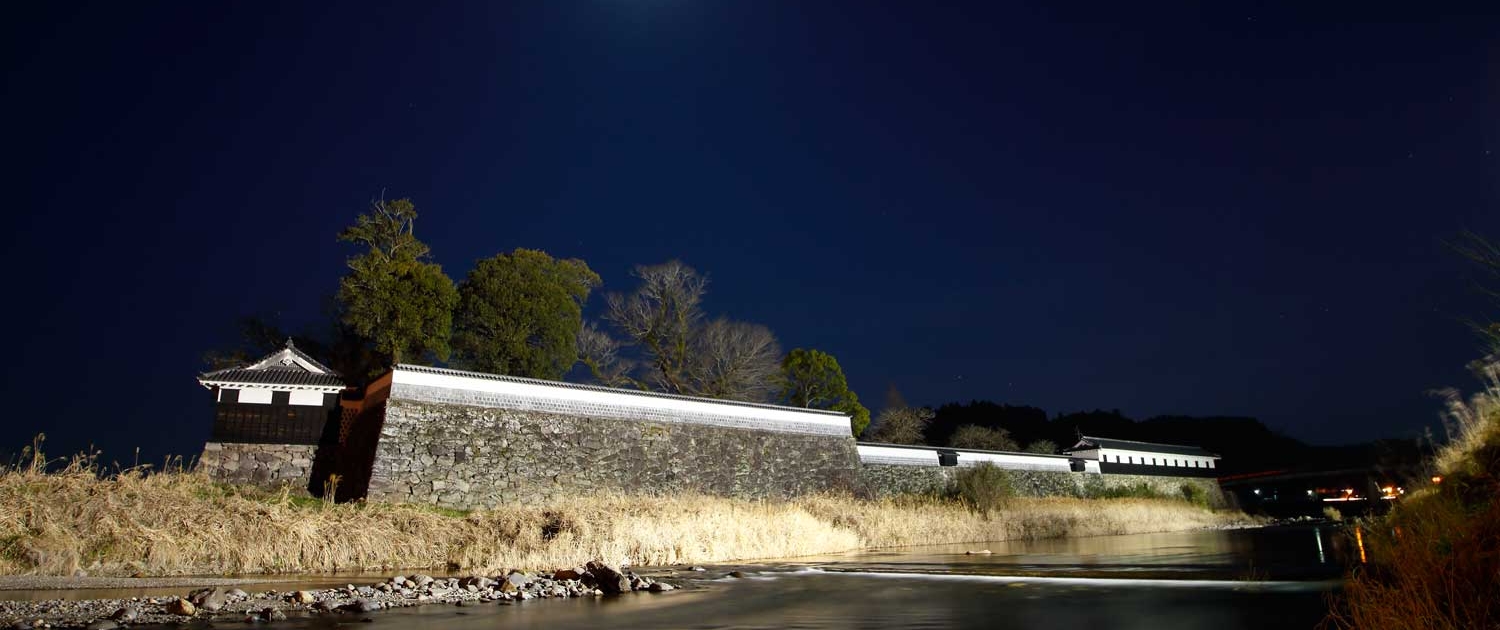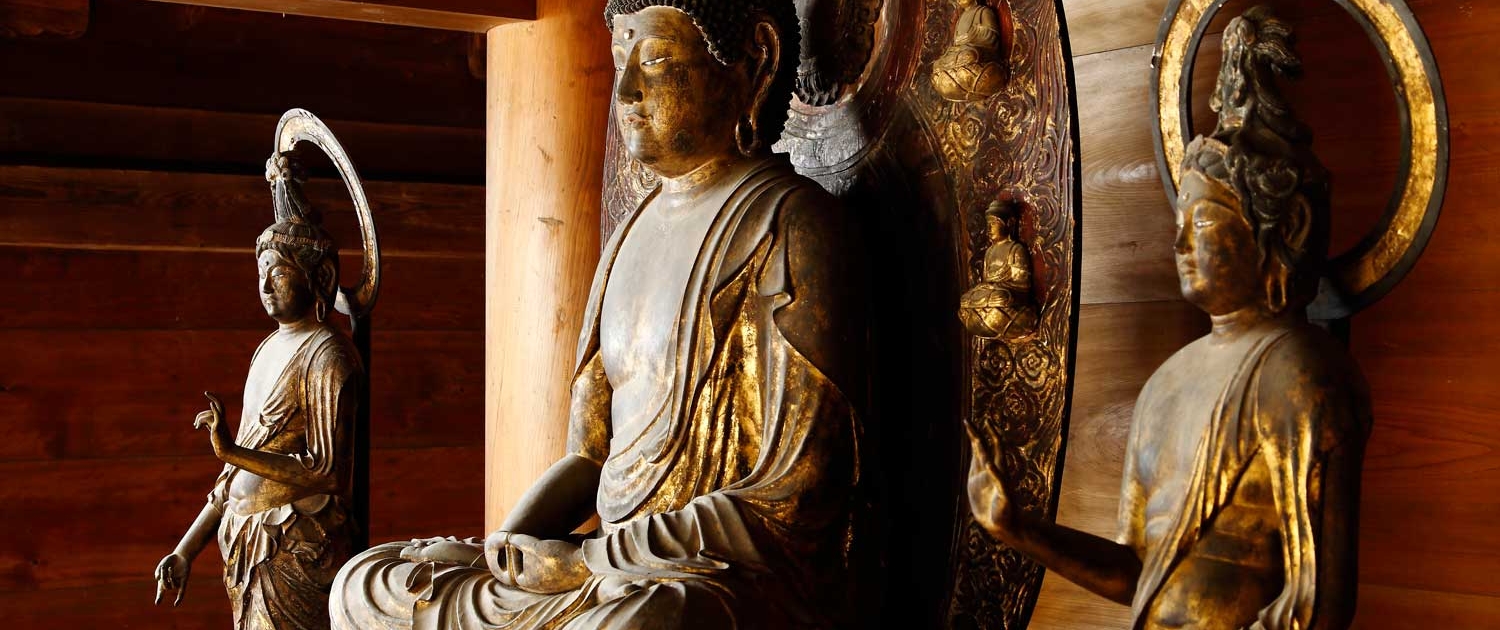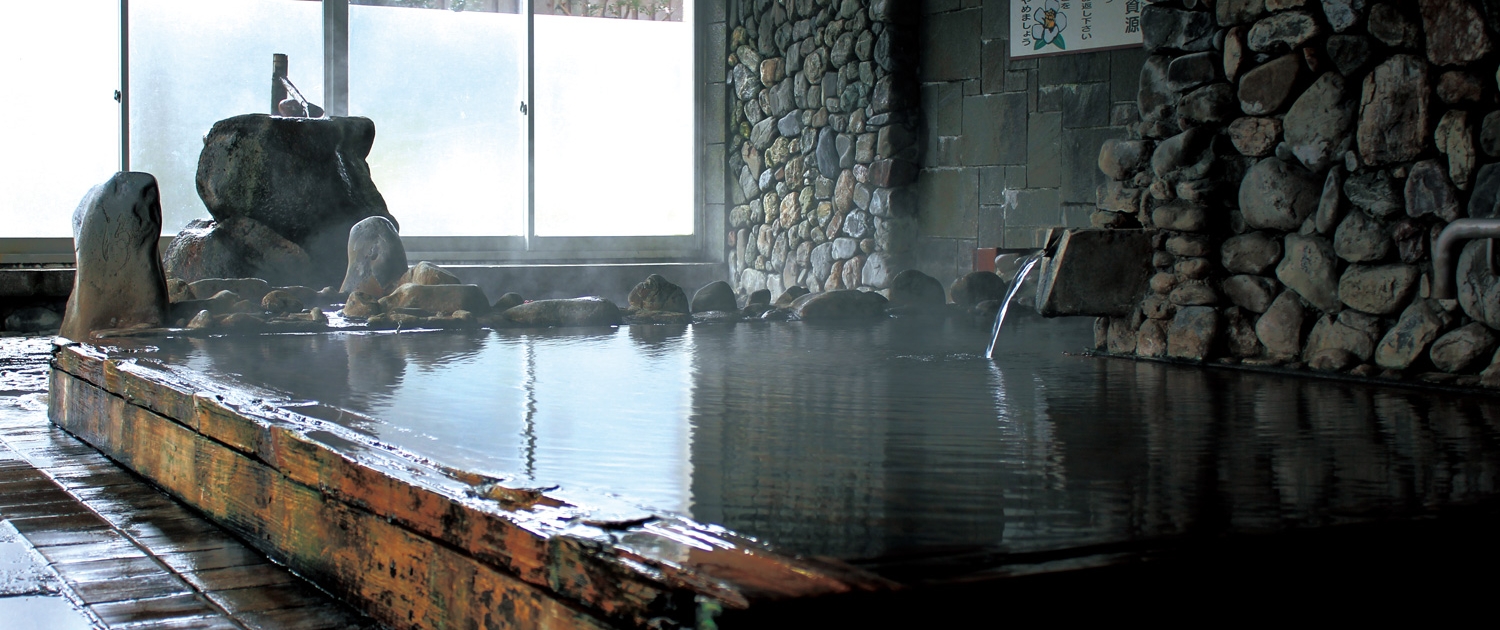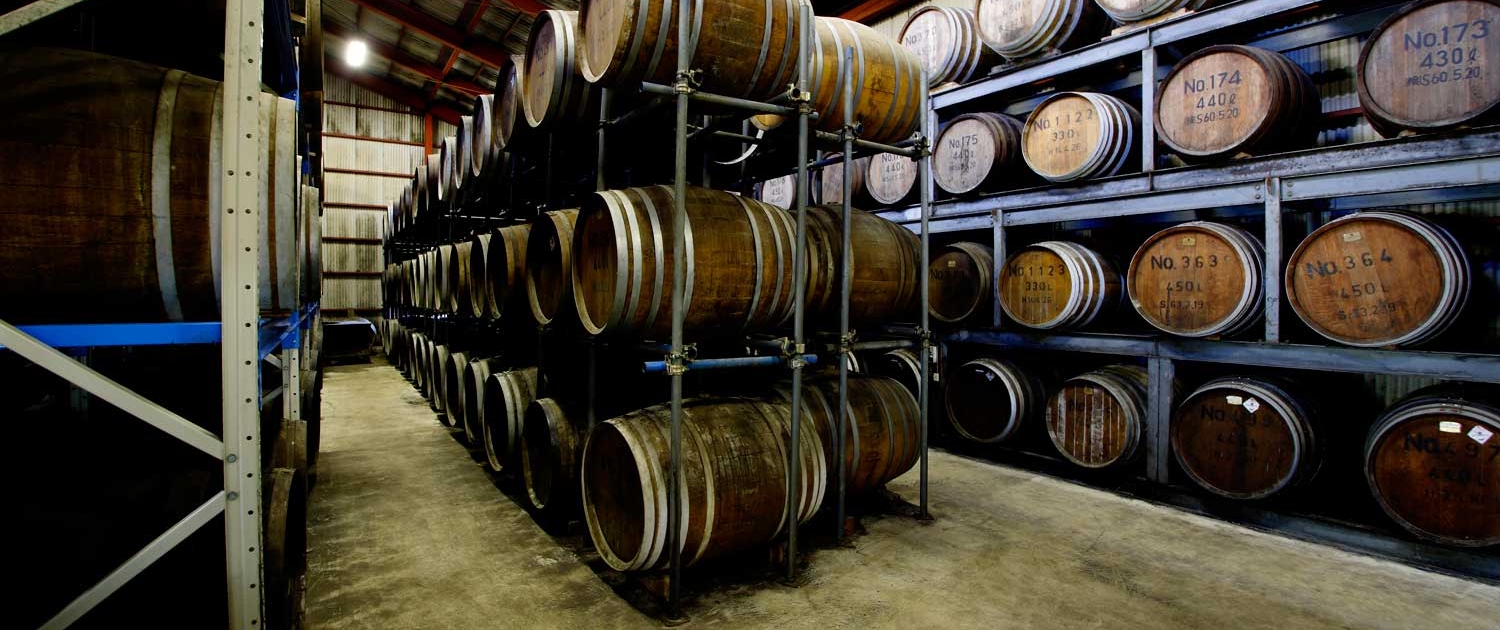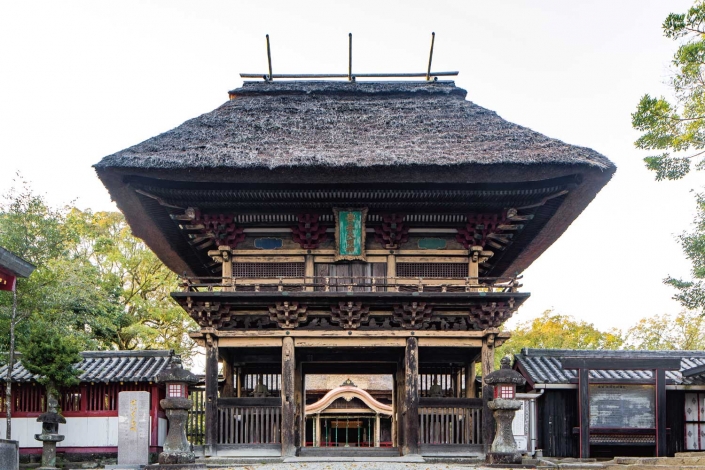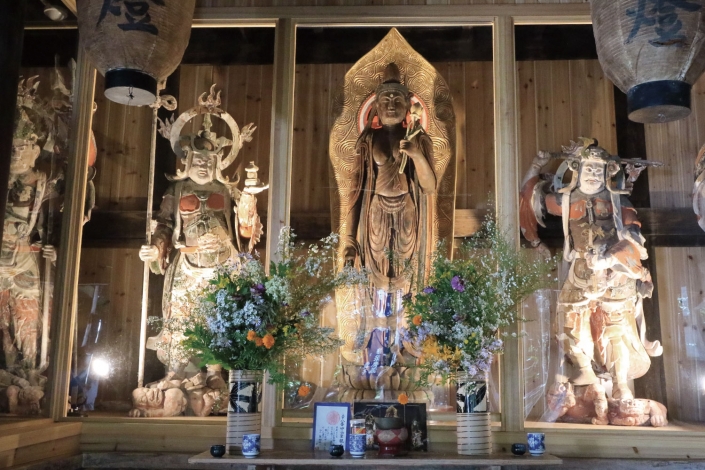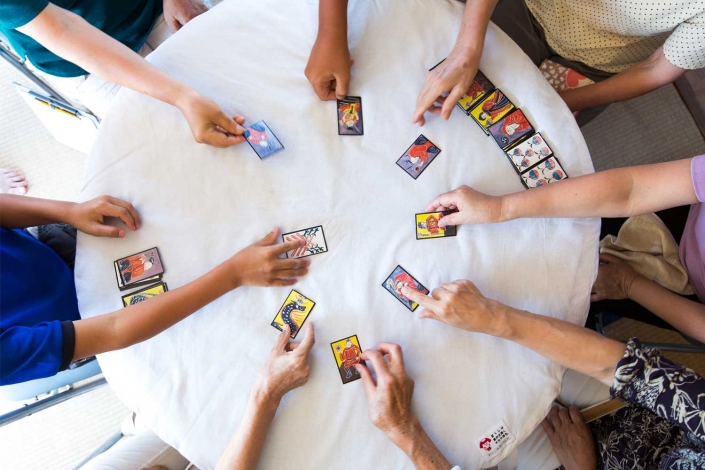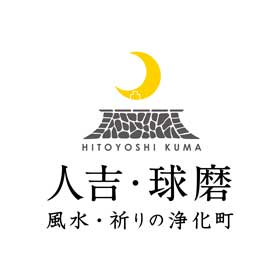Hitoyoshi Kuma, protecting and continuing the history and culture from 700 years of Sagara
“Japan Heritage” is a project of the Agency for Cultural Affairs that was started in 2015. Kumamoto Prefecture’s Hitoyoshi Kuma area was recognized as the first of these along with 17 districts nationwide. The Japan Heritage of Hitoyoshi Kuma consists of 57 cultural assets, which have been linked in a general storyline titled “A culture of conservation and progression born from 700 years of the Sagara clan.”
“Sagara” is the family that was dispatched to this area by order of the Kamakura shogunate and governed it for a period of 700 years, until the Meiji Restoration. Even on a national level, there are few cases in which a single family continued to govern the same area for such a long time during a period of turmoil, in which, not only was there war with other territories, but also things like famine and uprisings associated with the famine.
The Sagara clan preserved the culture of the Hitoyoshi Kuma region, which had existed since the distant past, and also introduced the latest culture and art found in metropolises such as Kyoto and Nara. The culture and customs that came about from this long reign continue to be handed down to those living in the Hitoyoshi Kuma region today, integrated into the everyday scenery.
The 57 cultural assets that have been recognized by Japan Heritage include Kuma Shochu and Kuma Kagura, as well as the Shinto shrines, Buddhist temples, and statues of Buddha that have sustained the hearts of the people since time long ago.
Historical novelist Ryōtarō Shiba wrote about the Hitoyoshi Kuma region in his book “Kaidō wo Yuku (On the Highways),” saying that it is “the village with the greatest wealth of hidden treasures in Japan.” The 700 year history of the Sagara family, in which the progressions of outside culture continued to be absorbed while still protecting the region’s culture, which had been loved and protected since long before, is engraved in the words “the village with the greatest wealth of hidden treasures – Hitoyoshi Kuma.”

